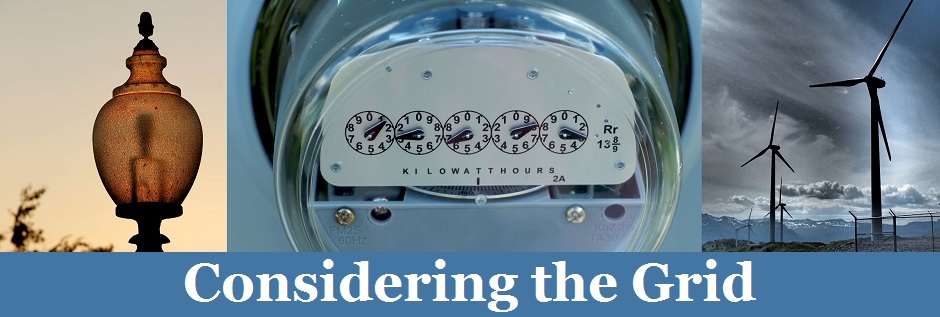On July 3, 2017, the U.S. Court of Appeals for the D.C. Circuit granted a group of environmental organizations’ challenge of the EPA’s decision to stay the implementation of a rule covering methane and other greenhouse gas emissions from the oil and gas industry (methane rule). The methane rule, which was issued under the Obama Administration in June 2016, establishes new source performance standards for methane, volatile organic compounds (VOC), and toxic air pollutant emissions from “certain new, modified, and reconstructed equipment, processes, and activities across the oil and natural gas source category.” As the preamble to the rule explains, this covers sources that were previously unregulated under the prior standards (such as “hydraulically fractured oil well completions, pneumatic pumps, and fugitive emissions from well sites and compression stations”) as well as sources that were previously regulated only for VOC but not methane (such as “hydraulically fractured gas well completions and equipment leaks at natural gas processing plants”).
In April 2017, the EPA announced that it was convening a proceeding for reconsideration of certain aspects of the methane rule and stated that it was issuing a 90-day stay of the compliance date. A few months later, EPA granted reconsideration and extended the stay to two years. Six environmental groups challenged this decision.
The D.C. Circuit’s opinion first concludes that the court does have jurisdiction over this matter because the decision to suspend compliance with the methane rules is tantamount to the amendment or revocation of a rule, which is the sort of final action subject to judicial review. Next, the court held that nothing in the Clean Air Act or the Administrative Procedure Act provides the EPA with the authority to stay the methane rule here. According to the Court, the Clean Air Act provides that the stay would be lawful only if reconsideration of the rule were mandatory, and the Clean Air Act requires reconsideration if objections to the rule were “impracticable to raise” during the time for public comment and the objections are “of central relevance to the outcome of the rule.” However, here the court concluded that it was not impracticable to raise objections during the public comment period, and thus stay was not required, because “the administrative record . . . makes clear that industry groups had ample opportunity to comment on all four issues on which EPA granted reconsideration.” Nevertheless, the court emphasized that its opinion in no way limits EPA’s authority to issue a new methane rule in the future.
Judge Brown issued a dissenting opinion that focused on the issue of jurisdiction. Judge Brown would have held that EPA’s stay was not a “final agency action” and is not subject to review by the court. She would not have dismissed the challenge on this basis and not reached the remaining issues in this case.

